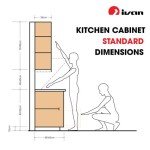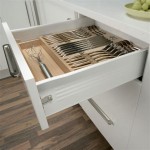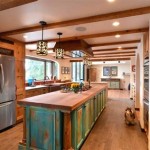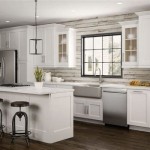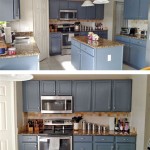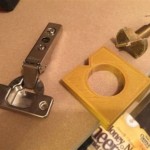Essential Aspects of Kitchen Cabinet Light Rail Molding
In the realm of kitchen design, lighting plays a pivotal role in enhancing ambiance, functionality, and visual appeal. One crucial element in achieving the perfect lighting scheme is the incorporation of light rail molding, a decorative and practical addition to kitchen cabinets.
What is Light Rail Molding?
Light rail molding is a narrow, decorative strip of molding that is installed along the bottom edge of upper kitchen cabinets. It serves as a channel for under-cabinet lighting fixtures, providing both task illumination and ambient glow for countertops and workspaces.
Functions of Light Rail Molding
Light rail molding goes beyond its aesthetic appeal and serves several functional purposes:
- Task lighting: By directing light downwards, light rail molding illuminates countertops, making it easier to prep and cook food.
- Ambient lighting: The soft glow emanating from under-cabinet lighting creates a warm and inviting ambiance in the kitchen. li>Accent lighting: When used with decorative light fixtures, light rail molding can highlight architectural features or artwork in the kitchen.
- Concealment of wiring: Light rail molding provides a seamless and discreet way to hide electrical wires, maintaining a clean and organized look.
Materials for Light Rail Molding
Light rail molding is available in various materials, each with its unique characteristics:
- Wood: Offers a classic and timeless look, but requires regular maintenance to protect against moisture and warping.
- MDF (Medium-Density Fiberboard): A durable and affordable option that can be painted or stained to match any kitchen décor.
- PVC (Polyvinyl Chloride): Waterproof and moisture-resistant, making it ideal for kitchens prone to spills and humidity.
- Aluminum: A lightweight and corrosion-resistant option that adds a modern touch to kitchen cabinets.
Styles of Light Rail Molding
Light rail molding comes in a wide range of styles to complement different kitchen designs:
- Traditional: Features intricate carvings and embellishments, suitable for classic and ornate kitchens.
- Contemporary: Offers clean lines and simple profiles, ideal for modern and minimalist designs.
- Transitional: Combines elements of both traditional and contemporary styles, creating a timeless and versatile look.
- Beaded: Features small, raised beads along the edge, adding a touch of elegance to any kitchen.
Installation Considerations
Professional installation is recommended to ensure proper alignment and functionality of light rail molding:
- Placement: Typically installed along the bottom edge of upper cabinets, approximately 2-4 inches above the countertop.
- Electrical wiring: Must be routed through the molding to connect under-cabinet lighting fixtures.
- Joining: Miters or other joinery techniques are used to seamlessly connect sections of molding.
- Finishing: May be painted or stained to match the kitchen cabinets or left in its natural finish.
Conclusion
Light rail molding is an essential element in achieving optimal lighting and enhancing the overall aesthetic of a kitchen. By choosing the right material, style, and installation method, homeowners can create a functional and visually stunning kitchen that meets their unique needs and preferences.

Light Rail Molding The Ultimate Guide

Light Rail Molding 1 Pcs Professional Cabinet Solutions Designer Kitchen Cabinetry

Image Result For Light Rail On Shaker Cabinets Kitchen With Crown Molding

Thomasville Embellishments Small Light Rail Moulding

Thomasville Embellishments Small Light Rail Moulding

Light Rail Moldings Cabinet Joint

Concave Light Rail Moulding Omega Cabinetry Embellishments

Light Rail Molding For Kitchen Cabinets Dura Supreme Cabinetry

How To Use Light Rail Moulding Osborne Wood S Blog

What Is Light Rail Molding Dean Cabinetry
Related Posts

